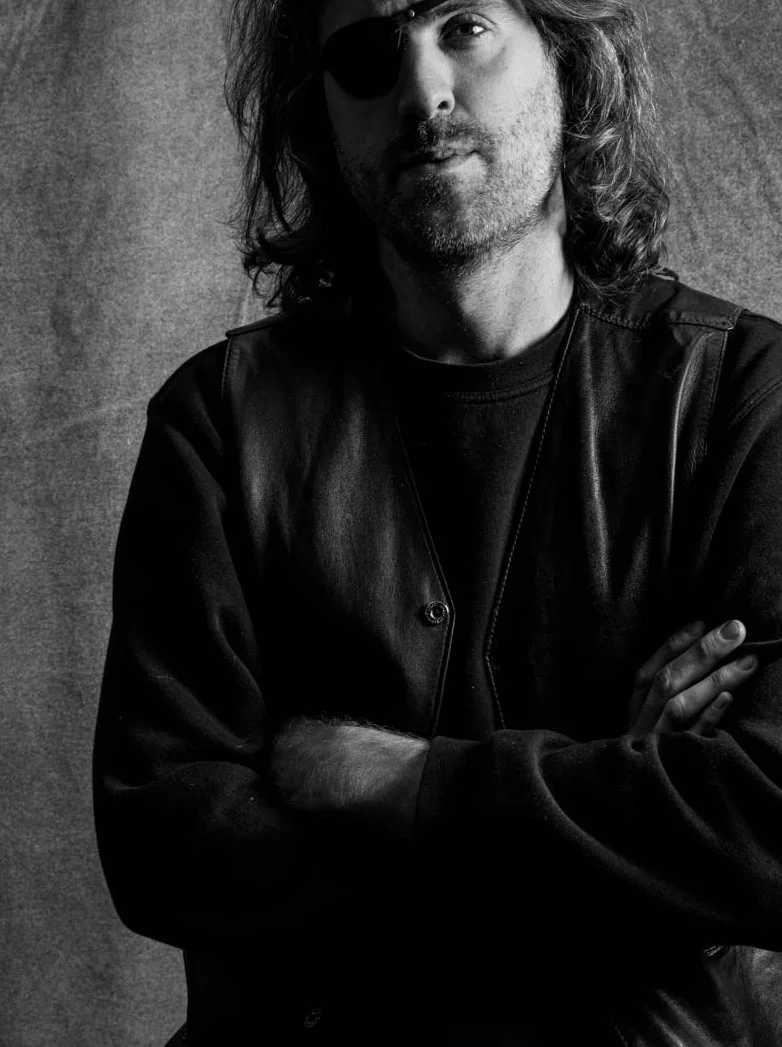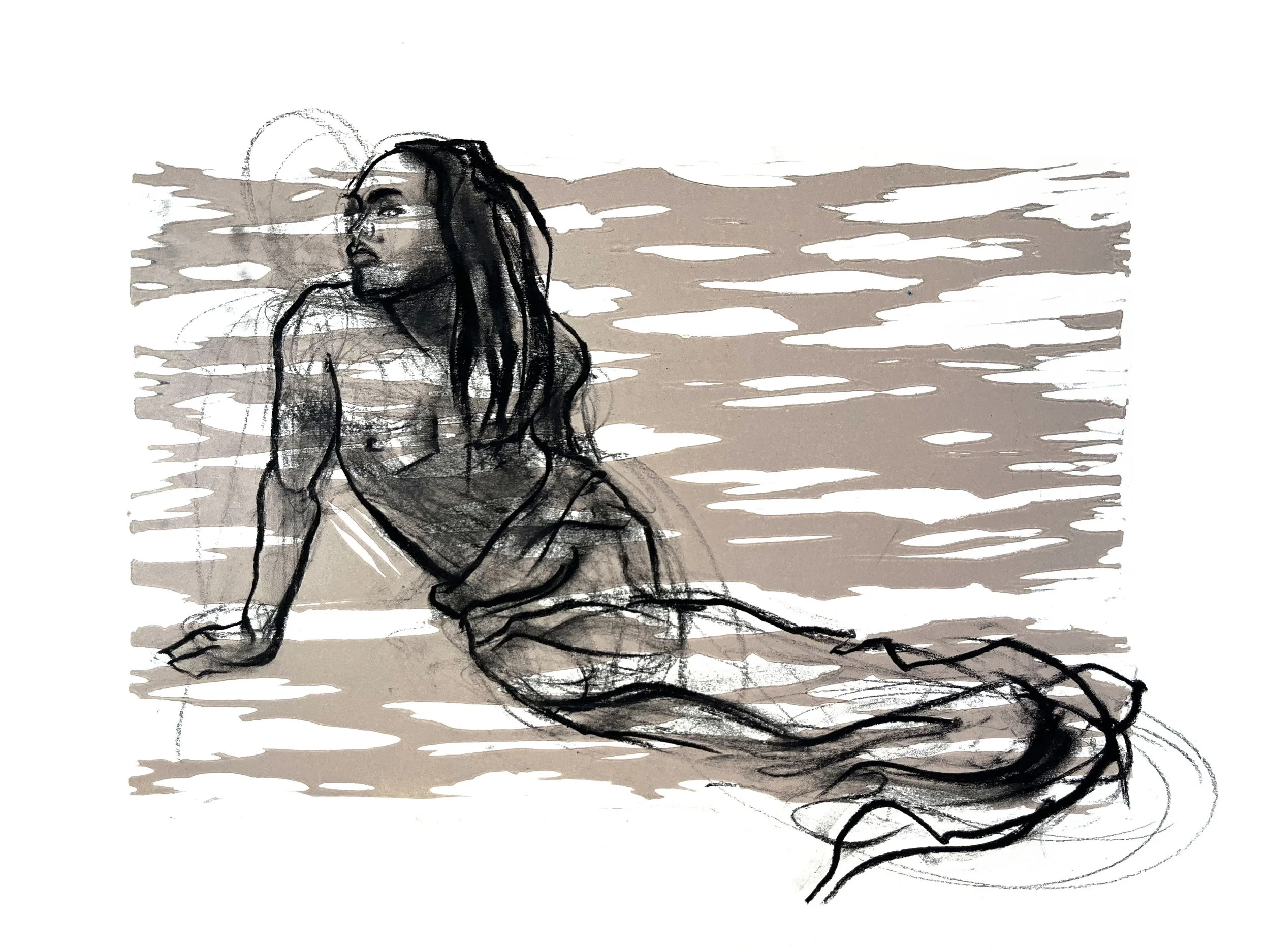Mineral Humans
Photo credit : Nicolas Guilbert
Eliott Silhol lived in eight countries, experiencing diverse cultural settings and developing an interest in what unifies, rather than divides, Humanity. Now based in Paris, his artistic practice focuses on the common origins of human, organic and mineral life.
Searching the origins reveals a forgotten unity. Science will possibly prove how humans – and all living forms – share a common source with mineral elements, yet still largely considered lifeless in the Western culture. Eliott Silhol’s drawing and painting practice is driven by the concept of Earth as a unified, living organism. Its nascent consciousness will increasingly seek to communicate with newly discovered “exoplanet” peers.
He is influenced by Jean-Loïc Le Quellec’s research on the existence, during the Paleolithic period, of a “primary emergence” mythology sustaining that life could have emerged from the cradle of Earth itself. This common belief could have supported the symbolic expressions deposited by humans in caves at the time and reveals the eroded bond between humans and “mother-Earth”.
To rebuild this connection, Eliott Silhol uses parietal pigments and the hazards of matter. His aim is to depict human figures within abstract vibrations evocative of the earthly placenta. This practice is inspired by pareidolia, a cognitive aptitude native to humans which allows them to observe or sense familiar shapes and symbols within randomized elements. Pareidolia seems to have been largely used by “artists” of the Paleolithic period to detect and reveal animal and therianthropic representations on the cave walls.
Eliott’s drawing representations of the human figure, body and movement are made with a rapid line of varying width and intensity. This fulgurant drawing style expresses the vital energy within human beings, overlaid on parietal and circular backgrounds reminiscent of the passage of Time – and its inexistence (infinity).
His painting technique uses the traditional paint brush as well as knife blades and the use of his hands, the absolute primitive tool in direct touch with matter. Oil paint – associated with classical and academic techniques (culture) – is enhanced by archaic dry pigments and charcoal (nature).
He depicts anthropomorphic figures and symbols on mineral-like surfaces, creating “human fossils” evocative of the Anthropocene and the common destiny of humans – and more broadly, life – with mineral elements. These fossils suggest the inclusion of mineral elements within the very definition of life.
If a planet becomes a unified living organism, its mineral is like the bones in the human body.
Join me on Instagram



